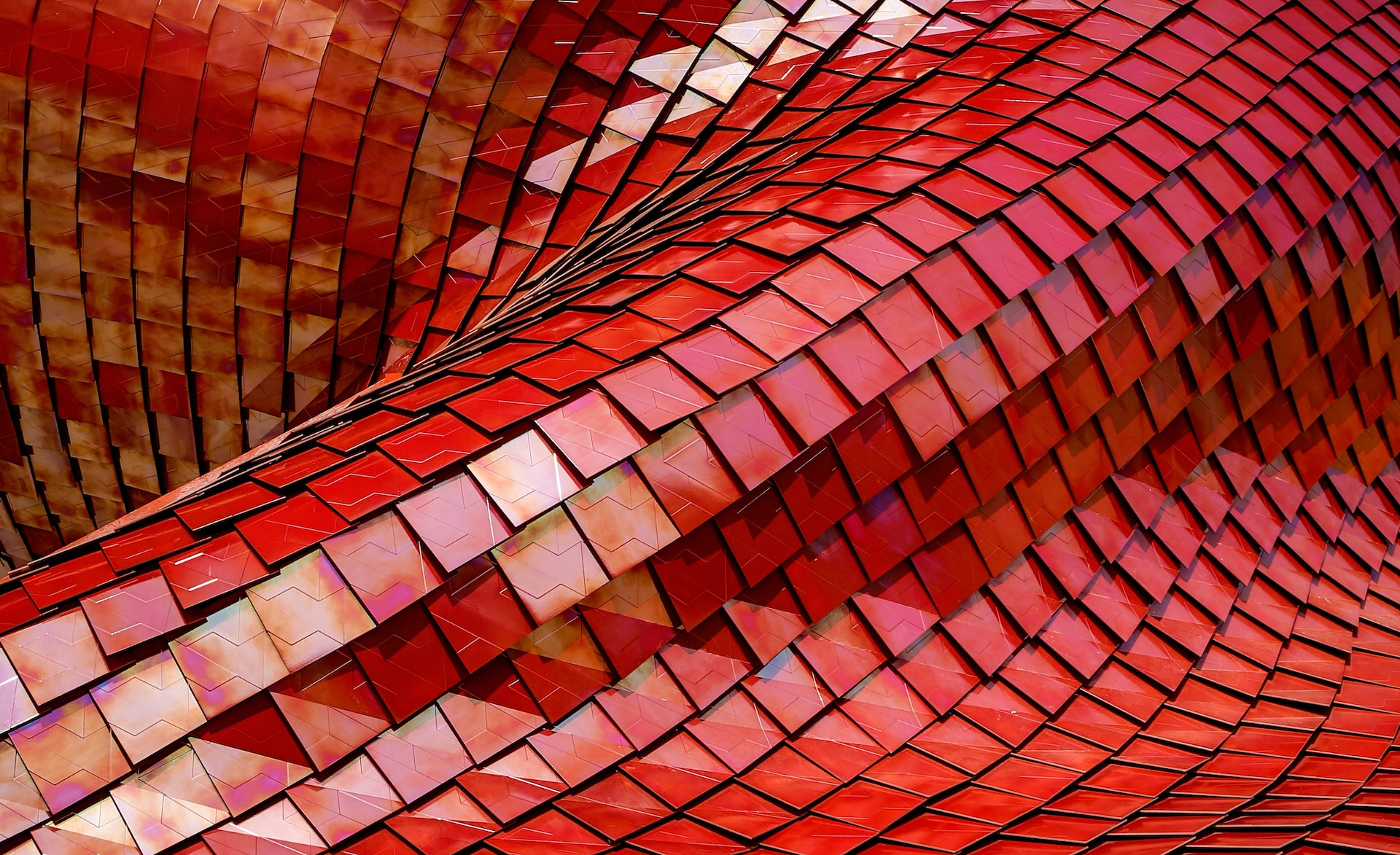
Visual communication is something that plays a pivotal role in conveying messages with lasting impact. Whether you are shaping a website, developing a presentation, or creating any form of visual content, if you wanna get through to your audience, visual communication is one of the more reliable ways to do so. In this short post, we will delve deeply into some of the facets of effective visual communication. You can see the previous posts here (1, 2).
1. Intentions
Defining the intentions behind your visual elements is not merely a preliminary step; it is an ongoing dialogue that should permeate every stage of the design process. Begin by conducting a thorough analysis of your target audience, message, and desired outcomes.
What types of thoughts do you want to evoke, and what specific actions do you hope your audience will take? By answering questions like these, you can get a better a idea of a methodology that would inform every subsequent design decision, which, in turn, would help with establishing a cohesive and purposeful visual narrative.
2. Simplicity
Simplicity in design goes beyond aesthetics; it is a guiding principle that significantly enhances the overall user experience. In the aesthetic realm, simplicity involves a meticulous process of eliminating non-functional elements, ensuring that each visual component contributes meaningfully to the overarching message.
In terms of content, simplicity translates to scannability – how easy it is for a given user to quickly absorb information on a given page. Strive to declutter, focusing on clear and concise visuals that integrate subtly with your content without overwhelming your audience.
3. Hierarchy
Organizing content hierarchically is akin to constructing a visual roadmap for your audience, helping them navigate your content with ease. Use a combination of size, color, asymmetry, and white space to create a clear and intuitive hierarchy that guides the viewer through the information. 
Larger elements and strategic use of color can serve as visual signposts, directing attention to critical points. This deliberate structuring ensures that your audience not only consumes your content effortlessly but also retains and comprehends the most important aspects.
4. Colors, Fonts
Colors and fonts are the brushstrokes of visual communication, and like any art form, their impact is usually heightened when used judiciously. Adopt a minimalist approach by selecting a limited color palette and font variations. Establish patterns with colors and fonts, creating a consistent visual language that aids comprehension.
For example, associating specific meanings with colors or fonts, such as a green button consistently signifying "open" or red indicating "close," helps users quickly get used to how they should perceive each given color. In this way, you are giving users the chance to seamlessly pick up on various visual cues, which will help them navigate your site better. The effect is obviously enhanced, if you rely on already established visual cues, e.g., red and green as explained respectively. They are already associated with those words/ideas, so capitalizing on things like that can help you make navigation even more simple and obstacle-free. 
5. Asymmetry
While symmetry provides a sense of order, introducing strategic asymmetry can inject dynamism into your design. Begin by establishing a symmetrical and cohesive structure as the canvas. Then, intentionally introduce asymmetry to guide the viewer focus.
Breaking patterns serves as a handy technique to highlight key information, creating focal points that captivate attention. However, ensure that this intentional departure from symmetry harmonizes with the overall visual composition, maintaining a cohesive and visually pleasing aesthetic.